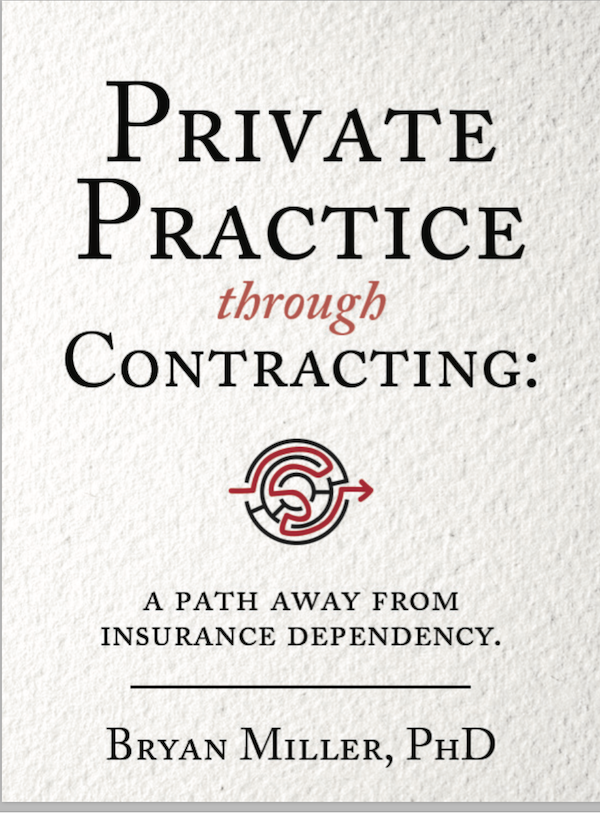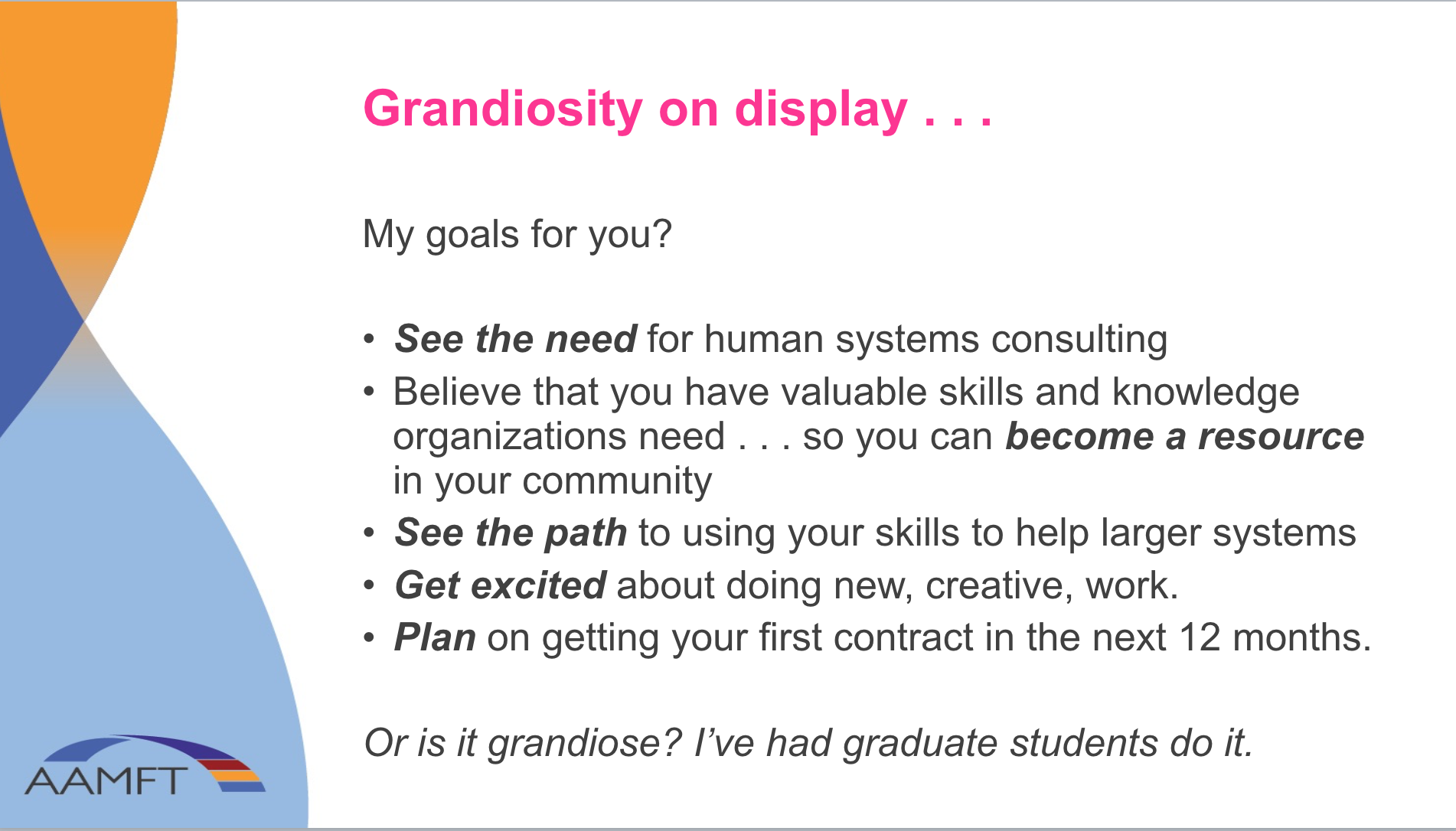Poor picture . . . but here is the scaffolding in use. Thanks to “that guy” . . . it has worked quite well!
I’m a midwesterner. A . . . pioneer roots, farm-belt, rural . . . small town guy. We don’t interfere with other people’s business. We don’t offer our opinions unless asked. We rely on family, friends, neighbors, community in that order. Ronald Reagan’s comment about the “nine most terrifying words in the english language” sums up the common attitude about government. We expect neighborliness . . . but fiercely resist intuition into private matters. There is more “island” than “commonwealth” in our psyche. We understand a character like Ron Swanson.
A Guy . . . Get’s “Push-y”
This heritage probably explains our love of DIY. This fall, my weekends have been consumed with a project; specifically, with building a 60 x 25’ high tunnel* (also called a “hoop house” or, by the lay person, a “greenhouse.”) This project was made particularly urgent by the delay of the approval for finding (a government grant) due, first, to political turmoil and second, by excessive flooding in my home state. The point is, we did not get started on the high tunnel until september and with the annual threat of an early winter bearing down on us, the race was on.
My “work crew” was myself, my 13 year-old-son, with occasional assistance from my wife, and various other family and friends. In order to ge this done, I allowed myself, uncharacteristically, to a few “helps” like ordering scaffolding to reach the heights of this 14.5 foot structure.
When the scaffolding arrived, I drove to my local Home Depot to pick it up. After “settling up” with the cashier, a young employee helped me take the packages out to my trailer where we were loading it up. We loaded it and began preparing to strap it down, when a voice rang out, “I don’t mean to be ‘that guy',’ but I’ve hauled a lot of scaffolding, and if you bend those cross braces, it will make it a lot harder to set up and use.” I looked up in surprise. He repeated, “I really don’t want to be ‘that guy,” he said, apologetically—hands stretched out, palms up, in supplication—” but I hate to see it be harder for you,” he concluded.
Well, I’m midwestern, and maybe even a little stubborn, but I recognize when a guy is just trying to help. Having no experience with scaffolding, I was also not prone to take offense. So, I thanked him, genuinely, and reassured him that he wasn’t interfering since I have never used scaffolding, and we adjusted the load.
Lesson learned. Right? Simple enough . . . . Be helpful and be willing to accept help! If only it was. We humans have a way of making the simple complex . . . and way more difficult than it really is.
To wit:
A Snow Day in Memphis
When I was young, we moved to Memphis where I attended graduate school. It just so happened that when we moved there the town had it’s worst winter in several decades. Memphis, like much of the south, is not accustom to snow (someone told me the entire city only had two snow plows and both were at the airport) and the city was at a stand still.
For us “northerners” however this was a “god-send” days off from school, we drove around going to empty movie theaters, rescuing stranded motorists, and, frankly, exercising unfair and condescending thoughts about the lack of ability in drivers to handle the snowy conditions. (Everybody needs to feel superior about something, right?)
At one point, I had driven my wife down to an interview with the University of Tennessee, and the supervisor was so surprised my wife showed up that she was sure that it was one reason she got the job. On the way back, I observed a car in front of me that was having great difficulty. It was spinning it’s tires causing the rear end of the car to slide sideways, banging the rear tire against the curb. The driver, then would let off the gas, try “gunning it” again and steering to get away from the curb causing the front of the car to swing and hitting the front tires against the curb.
We watched as the driver alternatively banged his car, back and forth, slowly inching up the street. I worried that as the driver, who appeared to me to be an elderly woman, continued this pattern they would eventually do significant damage to their car’s alignment or worse. Getting up the courage, I checked traffic behind me, swung out and around the car, and excellerated, carefully, to get in front. My thought was to pull over significantly ahead of the car and to render some advice and/or aid.
But as I passed the car, I looked over, and saw, to my surprise, that the driver was not an elderly woman. Instead, the driver was a 30-40 year old man. I thought about the prospects of having this 22 year old “know-it-all” telling him how to drive his car and concluded, right or wrong, that providing assistance would be likely to be met with contempt or worse. I sadly drove on as “bumper-car-ed” his way up the street.
Another time, when a Guy, Me, Decides Helping Isn’t Interfering.
On another day, many years later, the “shoe was on the other foot.” I saw someone, or rather a couple, that I thought needed help. But I wasn’t sure I could offer it.
The couple were both in wheelchairs. They were on a sidewalk outside my office. It was on a late Saturday afternoon and I was the last one leaving the building. The parking lot was empty. My lone care sitting parked awaiting my arrival.
As I walked out, I noticed the couple and something seemed odd. They were both stopped. The man’s chair, which was in front of the woman’s and close to the boundary line of the sidewalk and our parking lot’s drive, seemed to be at a bit of an angle.
I wondered, “Do they need help?” I worried, obviously overcomplicating the situation, that I might make them uncomfortable by “staring” or insulting them by assuming they needed an “able-bodied normal” to assist.But as a walked on, taking furtive glances, I became more convinced that something was amiss. Realizing that no other help was likely in a timely fashion, I made up my mind, changed direction, and approaching them asked, “is everything alright?” It was not.
To put it succinctly, the man’s chair had hit the seam in the concrete and tipped slightly. He was stuck trying to get back into the chair properly. It was a small matter, to help him resituation himself, and get them on their way. The couple expressing thanks for the help and me being relieved that my “overthinking” didn’t cause me to avoid a simple act of rendering a small assistance.
So, Just make up your mind and be “that guy or gal!”
So, just do it. Throw off the fear. Be bold. Risk getting your intentions being misunderstood . . . and help where you think it is needed. Obviously, use good judgement and don’t put yourself in harm’s way but don’t let the reason you don’t hope be simply because of the fears and the feelings.
It Happened Again . . .
Yesterday, I was driving through a local fast food line and it happened again. I was in line, had ordered my lunch, and when I approached the window, the employee told me that the person two cars ahead had paid for my order. It was the second time this had happened at that same drive-through. Someone’s “paying it forward” and isn’t afraid to act. It made the day better.
Don’t be afraid. Make it a better world. Be your best self. Just do it.
Other HSC Resources
Engaging Your Team: A framework for leading "difficult" people.
Lessons Learned Around the World: People-centered leadership,A. Keith Miller, Major, U.S. Airforce (Retired)
Family Legacy: Protecting family in family business.
Private Practice Contracting: A path away from insurance dependency.





























































